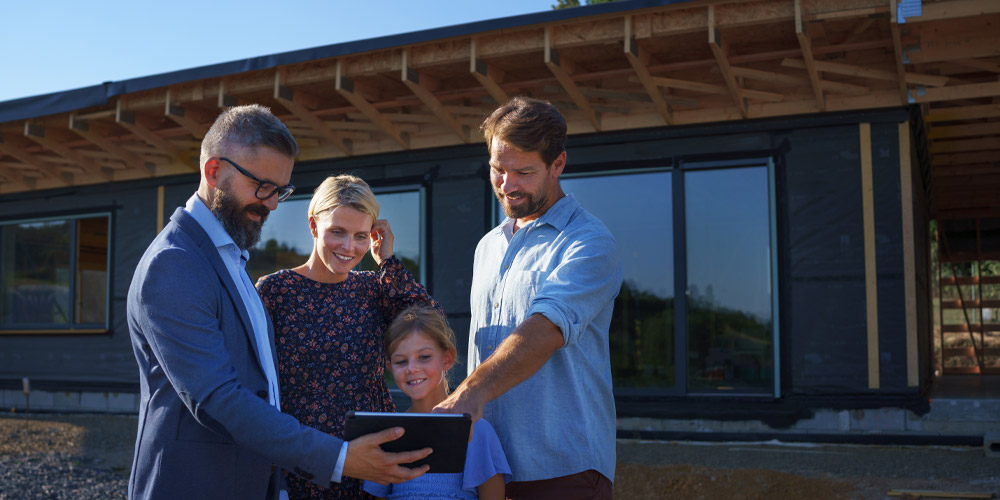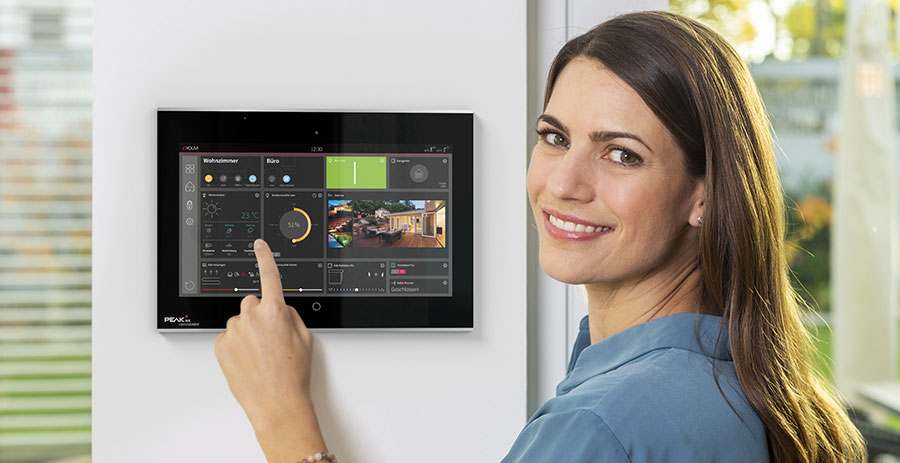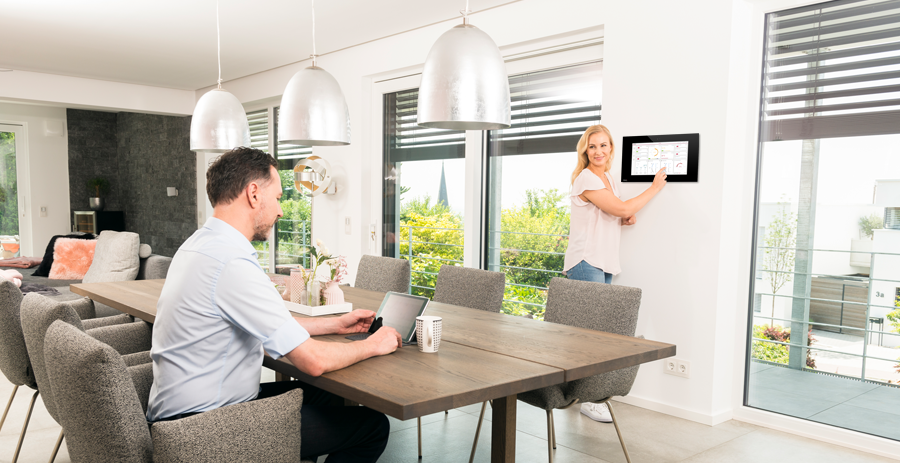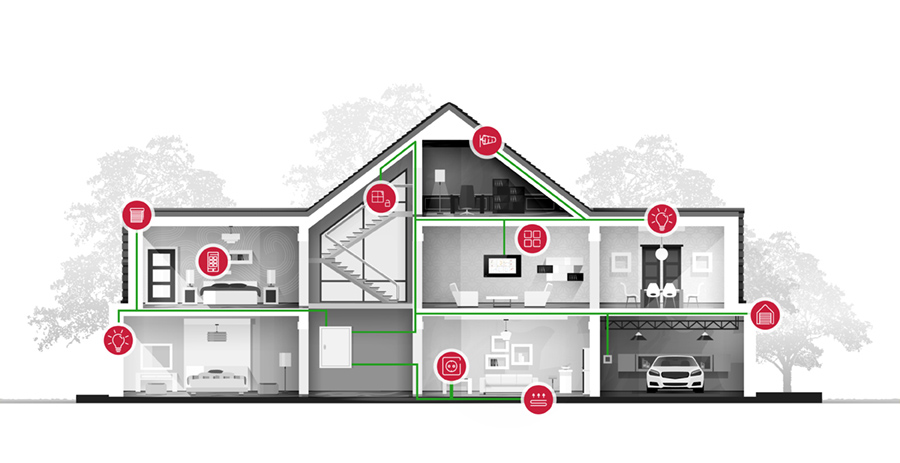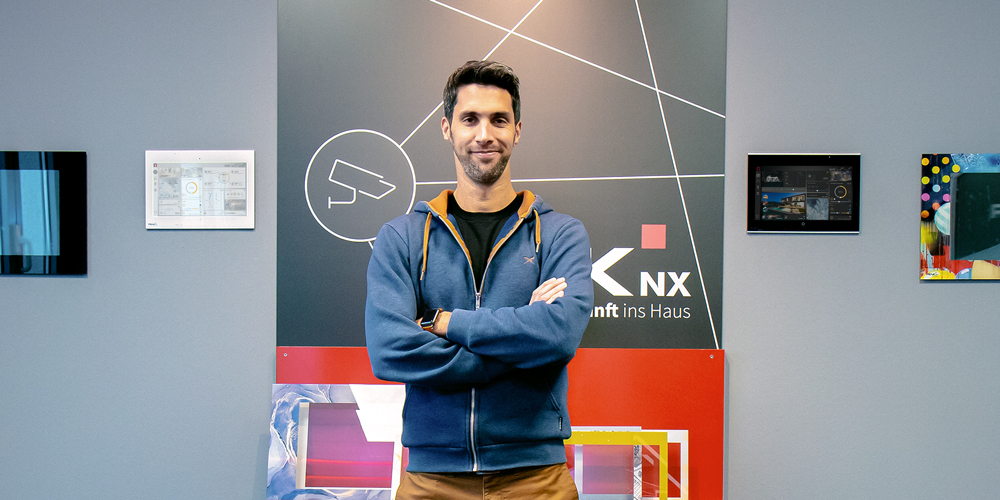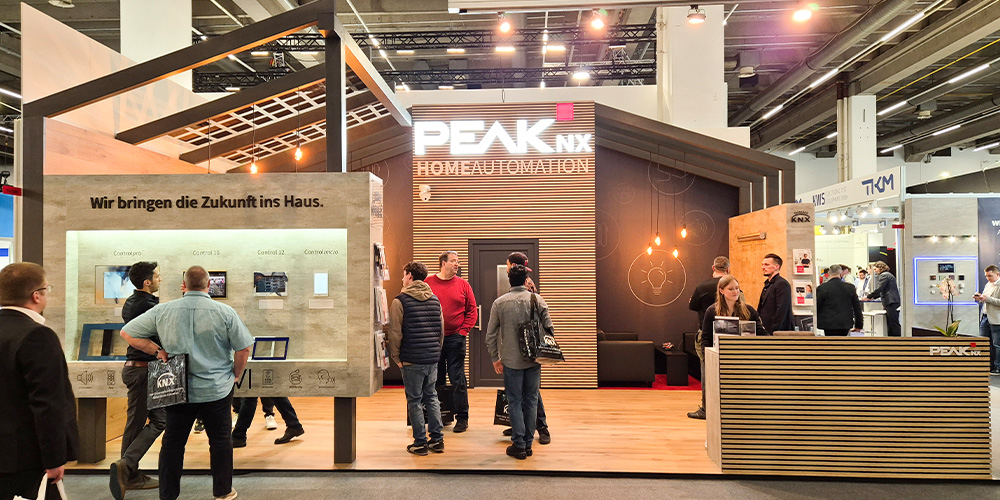Smart homes have been experiencing a real boom for years and continue to climb up the popularity scale. Living smart means that various devices in the building are interconnected, for example to automatically control the heating, air conditioning, ventilation systems, shutters, lights or entertainment devices and cameras. A sophisticated intelligent networking system makes everyday life much easier for smart home residents and provides comfort, energy efficiency and security.
The main focus of smart home projects should be comprehensive and seamless planning. In this blog post, we give valuable tips on what house owners should definitely consider during planning so that they are ultimately happy and can benefit from the advantages of a smart building every day.
What kind of building is to become smart?
First of all, you should clear about what you actually want to achieve. Do you want to retrofit an existing building or start a new construction project? The type and scope of the construction project may well differ in terms of both effort and cost. Retrofitting a building to a smart home can literally mean a breakup when it comes to installing cables. In a new building, on the other hand, the cables can be laid as needed right from the start and empty conduits can also be planned for future expansions.
Connecting devices in the smart home
You should determine at an early stage which devices are to be used with which functions and how high the costs may be. In principle, a smart home network can be realised via a data line, wireless or via power cable. Those who choose the more cost-effective networking solution via power cable must be aware that data might be transmitted more slowly and to a lesser extent than via a wireless solution or data line. This option is therefore not suitable for larger distances in the buildings. Alternatively, wireless solutions can be used for the network. However, wireless systems might be susceptible to interference.
To fully use the potential of a smart home, we suggest using a networking system via data line with KNX standard and controlling the devices via a central control unit. Read more about the advantages and disadvantages of wireless solutions and KNX in our blog post KNX or wireless system for the smart home?
Smart home planning with KNX
Once the choice has been made for a KNX-controlled smart home, detailed planning of the building automation begins. It is advisable to consult experts such as a system integrator, for these professionals have extensive knowledge of KNX technology. They have the necessary foresight and assist their customers with the planning, installation, commissioning, training and maintenance of the systems.
Right from the start the integration service provider should ask the following questions about comfort, energy and safety aspects.

Comfort:
- Which devices in the house are to be controlled and which are their functions? Should, for example, blinds, lighting and multi-room entertainment be automated?
- Do you want to automatically control the devices via app or via one or several KNX touch panels? Where should the panels be installed?
- Which switches and sockets are required? KNX control panels and switches should be installed according to pragmatic aspects and long distances for operation should be avoided.
- Do you wish to operate devices via voice control?
Energy:
- Do all devices comply with the KNX standard? If not, the different actuators and sensors cannot communicate properly with each other and temperature sensors and heating, for example, might not work properly.
- Is a photovoltaic system installed on the building?
- Do you have an electric car that could be charged with generated electricity from the PV system?
Security:
- Will cameras and motion detectors be used and what needs to be considered for the respective locations when installing them?
- Do you require a door station and how should people access the house?
The system integrator clarifies all these questions in advance with the future smart home residents to avoid surprises and mistakes later on. He also ensures that sufficient empty conduits are installed and that the smart building is thus prepared for further connections in the future.
Ideally, the integrator keeps an eye on the various components at all times and provides comprehensive documentation of the building automation. In an installation plan, all components installed are named and recorded, including placement and empty conduits. The plan is also made available to the customers so that subsequent changes and additions can be carried out without any problems. This also ensures that potential new owners are not literally planless.
Smart home security
Security is another aspect not to be neglected during smart home planning. The aim is to make the automated home so secure that unauthorised persons do not gain physical or virtual access to the building and the devices connected to it. Smart door locks or access via fingerprint, door stations with camera function or outdoor cameras protect against uninvited guests.
Protection against virtual access by unwanted intruders into the system in the form of hackers is ensured by passwords or fingerprints. This method not only protects against unauthorised device access, but also against access to the cables. KNX products offer clear advantages, as the KNX bus itself is not very susceptible to signal interference and the components are of high quality due to KNX certification and offer hardly any room for security gaps. System integrators also offer securing the entire smart home system on the company's own password-protected server.
Those who are concerned about data protection and unauthorised eavesdroppers when using voice control can, for example, choose an offline system without cloud connection. This ensures that everything said in the house actually stays there.
Conclusion
At the beginning of a building project, smart home planning may seem like a huge mountain. However, step by step, the retrofit or new construction project takes shape. It becomes clearer which devices in the house are to be connected in which way, thus providing energy saving and the greatest possible comfort in the house. The system integrator provides support by documenting components and their installation and placement and takes the necessary safety measures. If all these aspects are taken into account, you as residents can happily move into the smart home and will see that the initial effort was worthwhile.
